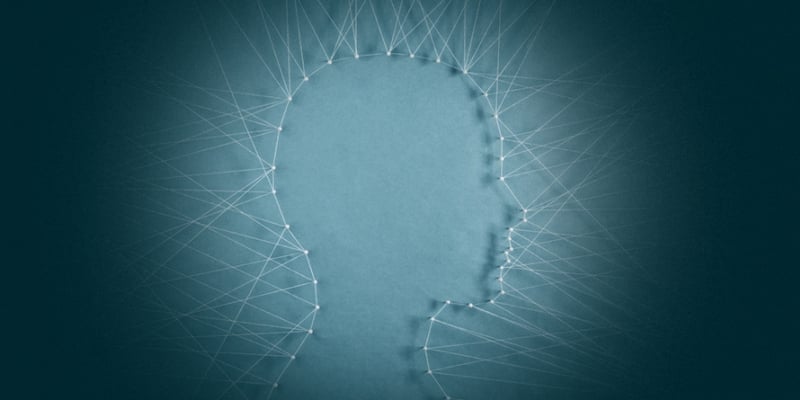Epilepsy Patient Pioneers
For a long time, people with epilepsy have played a key role in helping doctors and neuroscientists understand how the brain works—and why it sometimes doesn’t. As brain research enters an exciting new era, epilepsy patients continue to help explore the boundaries of how the mind operates.
It began a half-century ago, when a Canadian-American neurosurgeon used electrical currents to locate patients’ seizures. In the process, he mapped the origins of sensory and motor functions. With the help of his patients, the doctor made the first map of the brain.
This unique role for epilepsy patients continues. For example, in San Francisco, Dr. Edward Chang studies how the brain forms speech. He wants to make a device that would enable paralyzed patients to speak through a voice synthesizer simply by thinking words. Annette Graves, an epilepsy patient in San Francisco, offered to help Dr. Chang.
Graves had been seeking surgery to stop, or at least control, her seizures. The first step was to have a grid of electrodes temporarily installed on the surface of her temporal lobe. That grid would help doctors find the source of her seizures and the least destructive surgical path to it. While detailed recordings were being made of the activity of neurons in her speech area, she volunteered to make specific vocal sounds and to have her mouth movements videotaped. By comparing the movements of her tongue, lips and larynx with simultaneous brain activity, Dr. Chang could begin deciphering the brain’s code for various sounds. In addition to developing a device that will restore speech to paralyzed people, Ms. Graves and Dr. Chang are uncovering fundamental facts about how the brain forms speech. Dr. Chang’s research has impacted linguistics, psychology and biomedical engineering.
At Stanford University, Dr. Josef Parvizi, an epileptologist and neuroscientist, has collaborated with his epilepsy patients on studies investigating where different functions reside. In a recent study, Dr. Parvizi stimulated the anterior cingulate cortex in two of his epilepsy patients, and they suddenly felt an overwhelming and hopeful sense of resolve: their hearts beat faster, and they felt that they were about to face a formidable challenge, but one that they wanted to conquer! Learning more about this part of the brain could help develop treatments for depression and other psychiatric disorders.
Epilepsy patients can, and should, be proud of this history. For more than half a century, they have helped to move the needle in science and have given the world a greater understanding of what happens in the brain.
Written exclusively for EpilepsyAdvocate.com.
Categories : From Our Magazine
Tags : Blog





